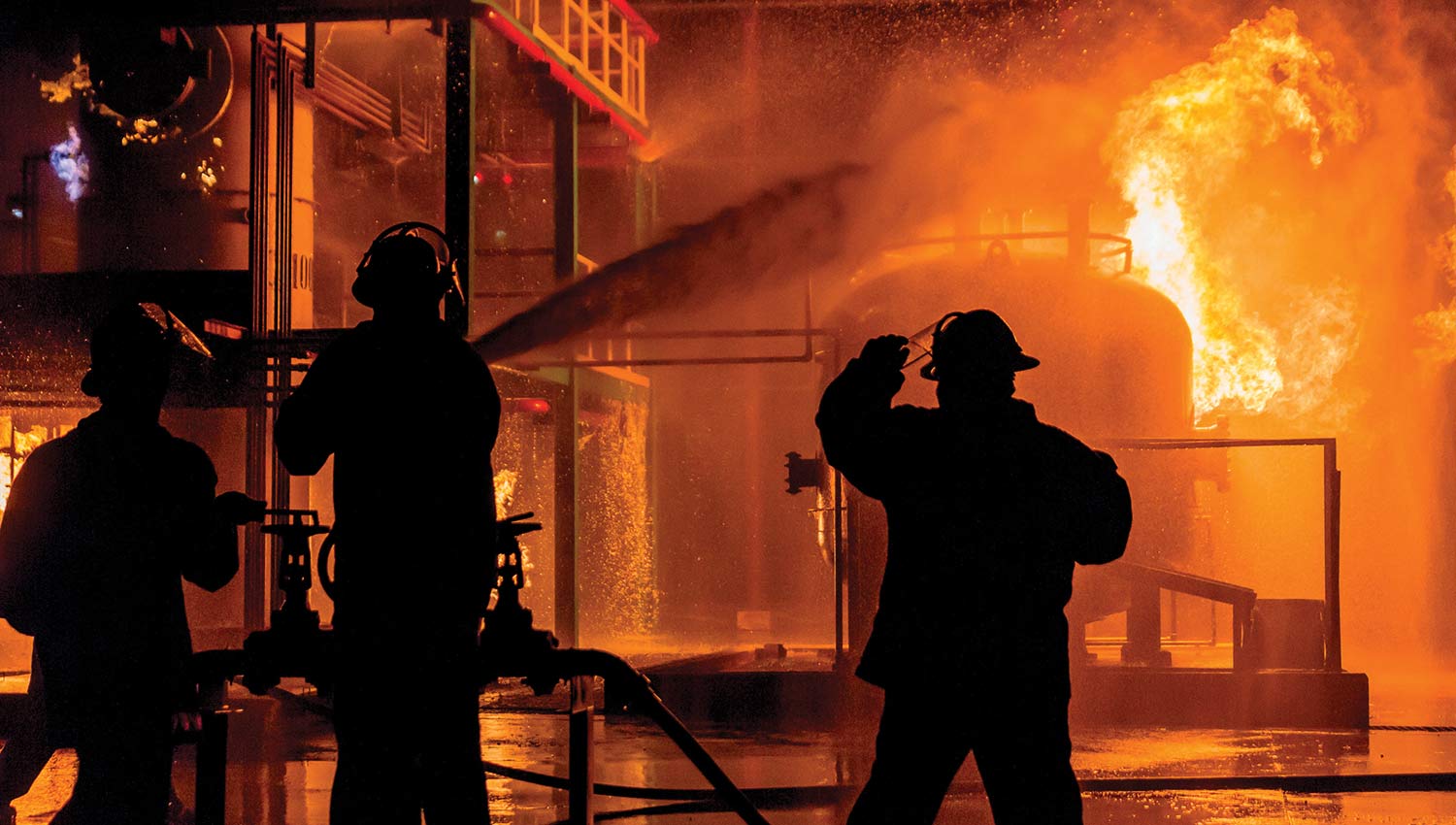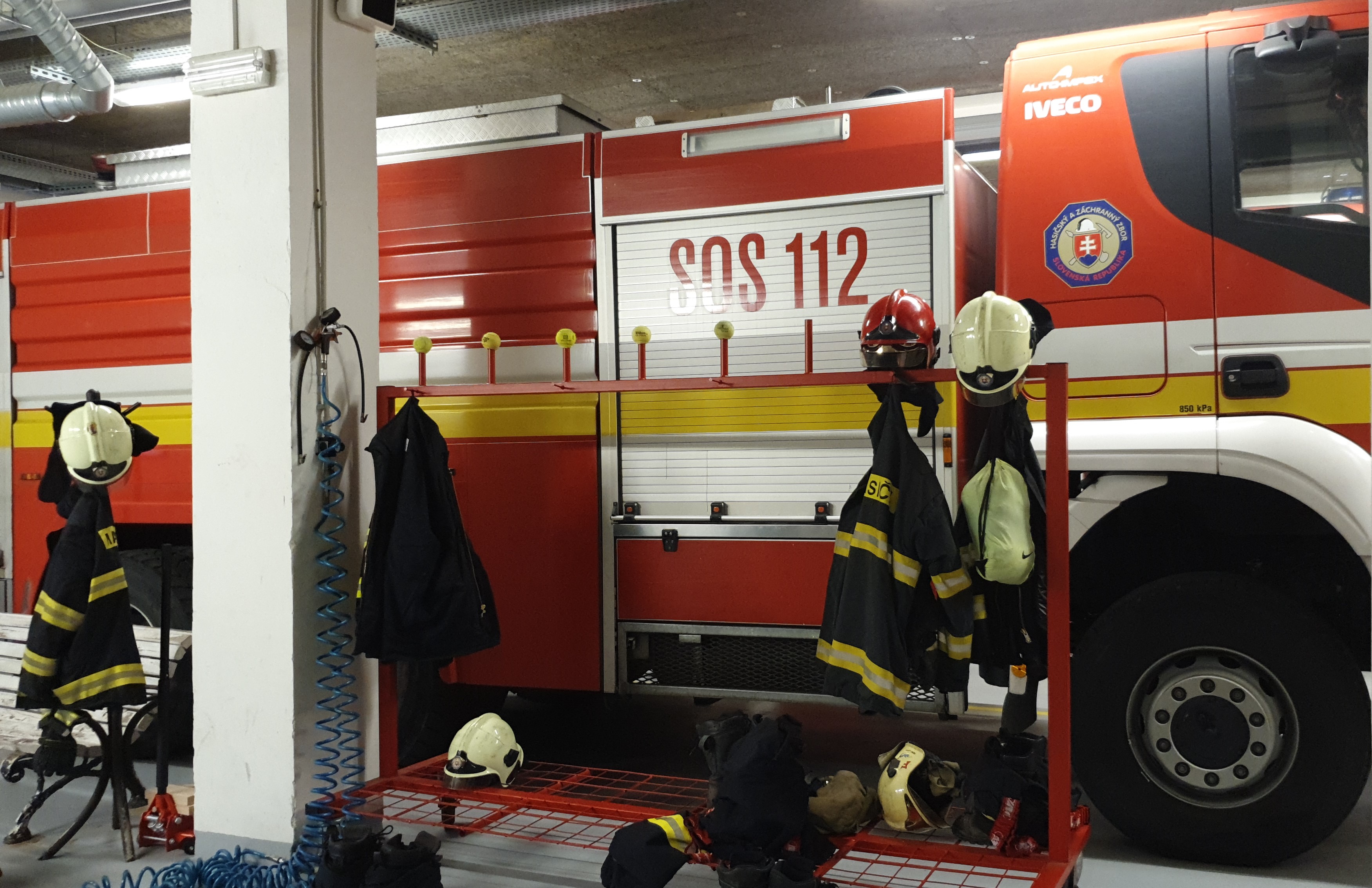
Reducing the Risks of Industrial Fires
Forest and domestic fires are not the only cases when a fire is terribly dangerous. The annual damage caused by commercial property fires in the United States alone was estimated at about $2.4 billion. Special attention must be paid to industrial facilities; underestimating safety can have devastating consequences. Especially in the chemical or metallurgical industry, the risks of fire are huge. Therefore, fire brigades are often available on site. How do current modern technologies facilitate firefighting operations? What risks do firefighters face most commonly in the industrial sector?
Five most common causes of industrial fires
Every industrial building or production hall is different. Still, according to the ISHN safety and hygiene magazine, there are five significant risks for the occurrence of a fire or an explosion that can be identified in industrial buildings:
- High working temperature
Processes such as welding, sawing, drilling, and similar operations involve working with hot materials and flying sparks that can cause a fire or explosion are produced.
- Electrical equipment
Naked/unprotected or overloaded wires and cables, as well as short circuits, present the greatest risk at industrial sites. According to the ISHN, electricity accounted for a quarter of industrial fires between 2011 and 2015.
- Machinery
The most common cause of a fire is the overheating of machinery due to friction and machine failure.
- Vehicles
Various vehicles are responsible for about 9 per cent of fires, for similar reasons to machines.
- Gases and liquids
Industrial buildings often contain substances that can ignite spontaneously or explode easily, such as fuel or oil.
Several sources also mention flammable dust as a high risk. The ignition of small combustible solid particles is more common in some industries, such as mining. Therefore, numerous risks that occur at different places require an effective risk management system.
How automation and fast response help
Undoubtedly, the first and foremost means of fire protection is prevention, including regular and proper maintenance, and systematic staff training. The firefighters on-site in chemical and industrial plants must be able to react effectively and almost immediately to an alarming situation. Modern safety and security systems help to ensure a quick response and control of fire brigades. Fire stations are currently modernising their technologies and automating the management of firefighting and rescue operations. There are many features that can simplify the work of firefighters, such as:
Automated functions
A single control centre, if set up well, can respond to threats all throughout an industrial building. The level of automation varies in different workplaces, but the automation offers universal benefits as follows:
- Reduced response time due to the elimination of manual operations
- Connection to a monitoring system of sensors and meters (e.g. to measure gas concentrations in the air)
- Automatic control of alarms, doors, air conditioning units or turnstiles
- Quick response even with a remote control centre
- Full integration into third-party systems or management systems
Management of emergency and rescue units
Management applications, such as Vektra® Management for emergency and rescue systems, make it possible to prepare and organise the operations of emergency and rescue teams in the ways that:
- Simplify and streamline their operations
- Keep records of equipment stock in the warehouse
- Allow the electronic compilation and comprehensible arrangement of reports
- Simplify maintenance tasks and lessen the burden from the shoulders of rescue teams
The combination of the above aspects also allows risky industrial facilities to be prepared to immediately take action in case of a fire or explosion, 24 hours a day, 7 days a week. This is important on weekdays during working hours, but also afterwards (for example, at weekends or at night). After all, about 31 per cent of industrial fires take place at night, causing two-thirds of the total damage. With quality control and automation, the risk is dramatically reduced. Given the damage that fires and explosions can cause, the installation of modern technology is not only useful but almost inevitable to ensure safety at industrial sites.

The article was written by
Zuzana Jacova
Zuzana works at Telegrafia at the marketing department. Her main responsibility is to keep an eye on Google Ads and Facebook. Online marketing is changing all the time, giving her the chance to expand her knowledge constantly and put it into real practice. After work, she relaxes best by going to the gym and watching good films.


